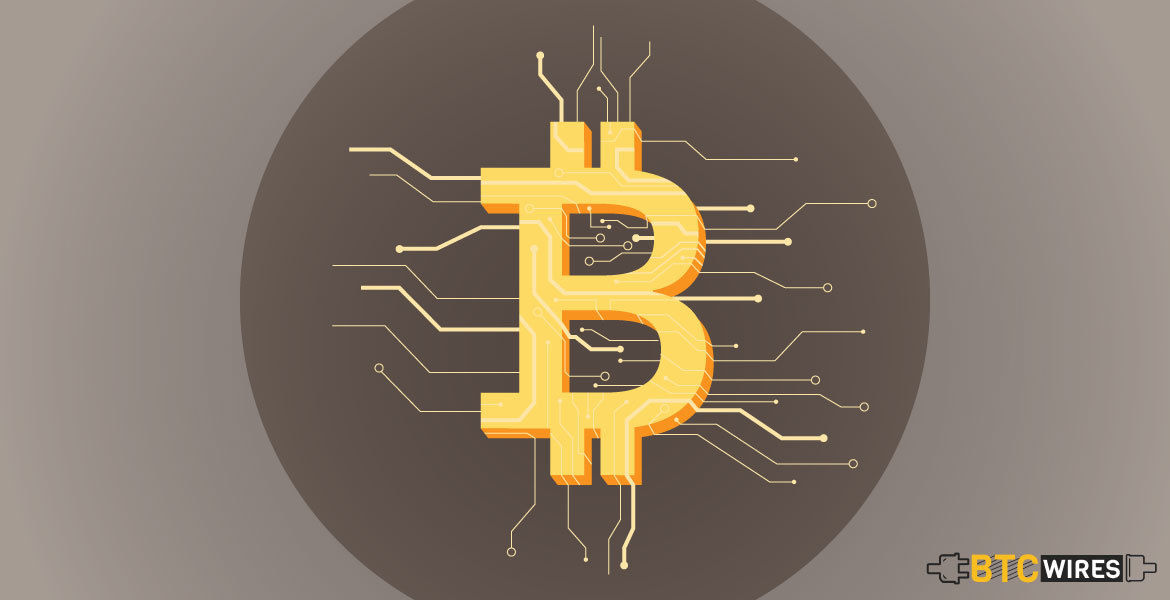There have been talks about how smart contracts on the

There have been talks about how smart contracts on the blockchain are going to revolutionise the insurance and reinsurance policies.
How these policies would be much cheaper, quicker, digital, pay claims automatically, authenticated by nature and overall reduce the risk to all parties.
The question is, “Can smart contracts on blockchain technology replace re/insurance contracts?”
Let’s find out the answer…
You May Also Read: What Are The Best Ethereum Smart Contract Use Cases?
Smart Contracts vs (Re)Insurance Contracts
Unlike smart contracts, insurance or reinsurance contracts are not binary in nature. A (re)insurance contract confers duties and liabilities on both sides of the contract, which need to be fulfilled before there can be any payment of any claim.
Different from the financial markets which work on the underpinning premise of ‘buyer beware,’ (re)insurance contract law changes this on its head with the underpinning premise of ‘utmost good faith.’
Purchasing (Re)Insurance
At the time of purchasing a (re)insurance contract, the insured must give all the required information which works as a material to the risk being assumed by the (re)insurer, be it is directly asked for or not.
In the case of a claim, the (re)insurer can go back and review his/her information, and if there were omissions or the information is incorrect, then they have the legal right to decline the claim. Such type of ‘post-event or post-loss due diligence’ is nearly impossible to program into the code, binary or otherwise.
You May Also Read: How To Create Smart Contract With Solidity?
(Re)Insurance Contracts: Contracts of Indemnity
This implies that they indemnify the loss suffered by making a financial settlement like placing the (re)insured back to the previous position they were in a prior position to the occurrence of the loss event.
Under an indemnity contract, the (re)insured can’t obtain profit from the occurrence of the loss. Therefore, any insurance loss has to be ‘adjusted’ by an insurer, which means that before the payment of any claim, the insurer will send an adjuster of loss to review the loss for assessing the claim amount to be paid.
Thus, the claim payment amount is dependably decided by the insurer. This is a critical job for any reinsurer protecting the insurer by way of reinsurance, and of course, the ability of an insurer to adjust the claims quickly and accurately has a direct impact on the price of their reinsurance.
Ultimately, all is not necessarily over once a claim has been settled with a payment. After paing the claim, the (re)insurer owns all the rights of the claimant with regards to the event that has been indemnified. This includes the potential future recovery of the property and the legal rights to the (re)insured to claim recovery from a third party. But, none of this is contained within a blockchain smart contract.
Conclusion
Using blockchain as the interface between sellers and buyers in (re)insurance policies is something that makes some sense given that the (re)insurance entity is a ‘trust entity’ by necessity. Moreover, insurance buyers or reinsurance polices don’t want to run their own nodes. This may turn expensive, highly inefficient, and given most buyers would actually require a 3rd party to manage their node to add an additional cost layer and to introduce a new trust entity.
Note: – Where Bitcoin Blockchain has never been hacked, the entities hosting the nodes have been the victim of the same. This is where people have lost money through theft. Therefore, it is an increased risk, not a reduced risk.
Here are a Few Articles for You to Read Next:
